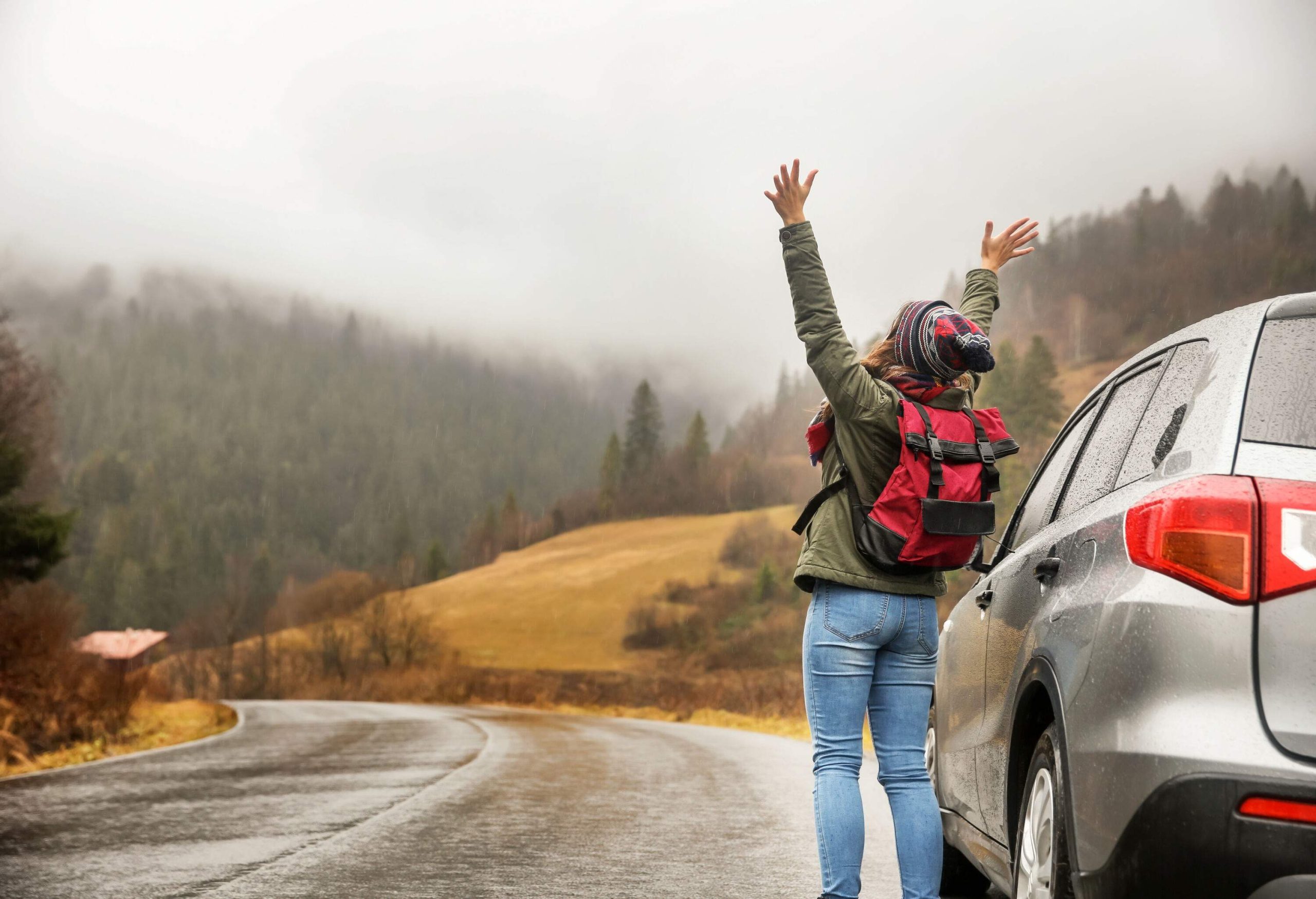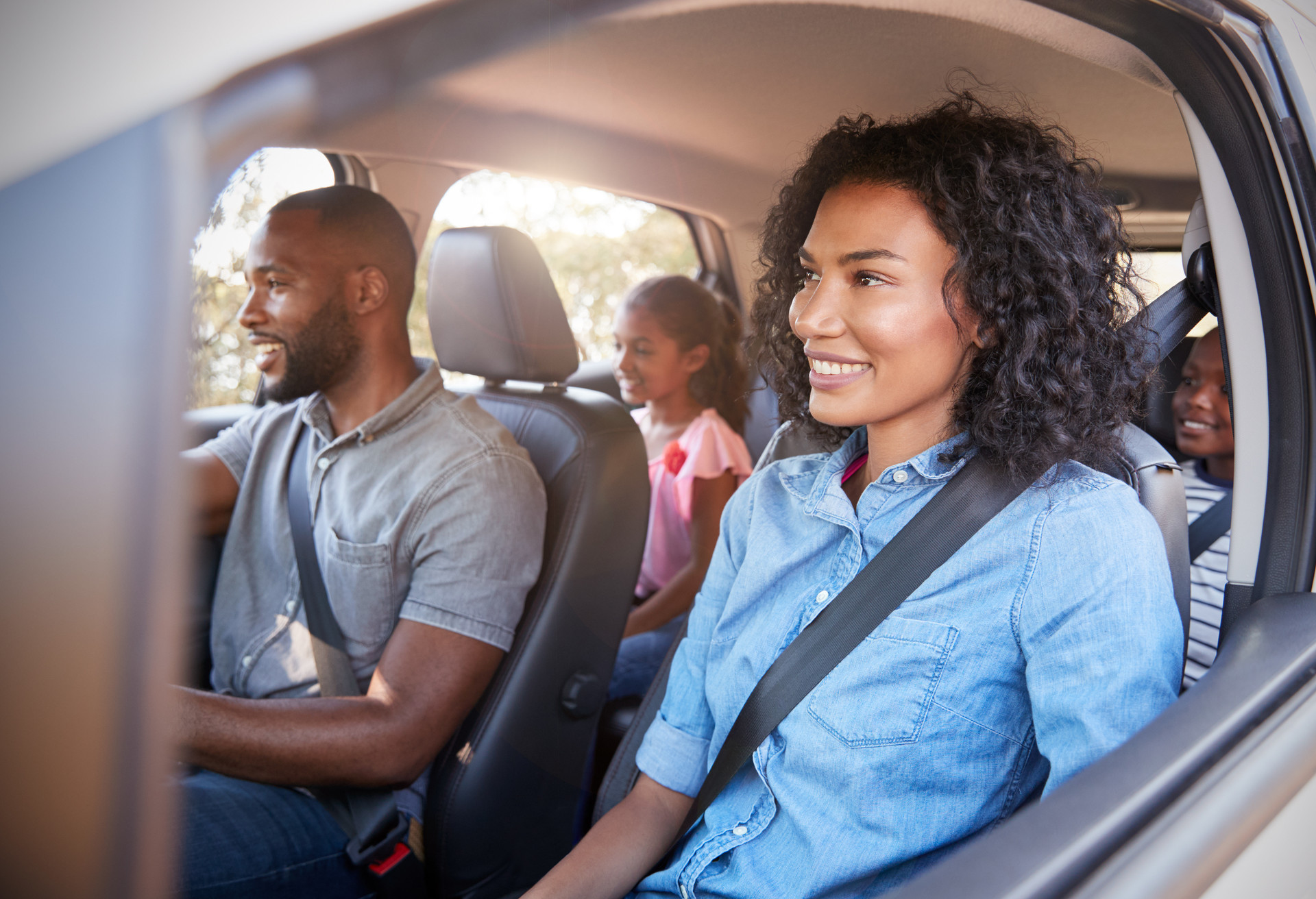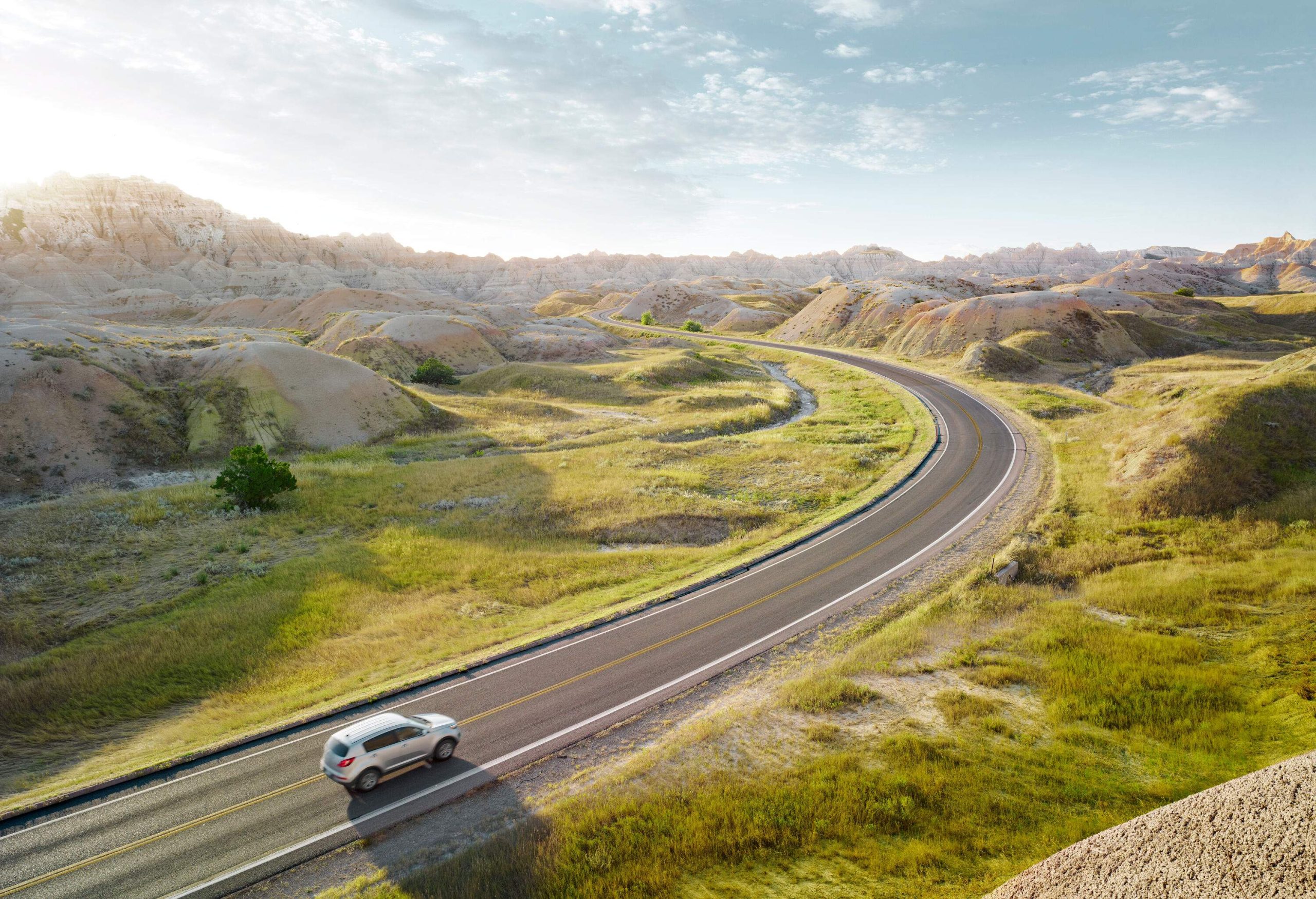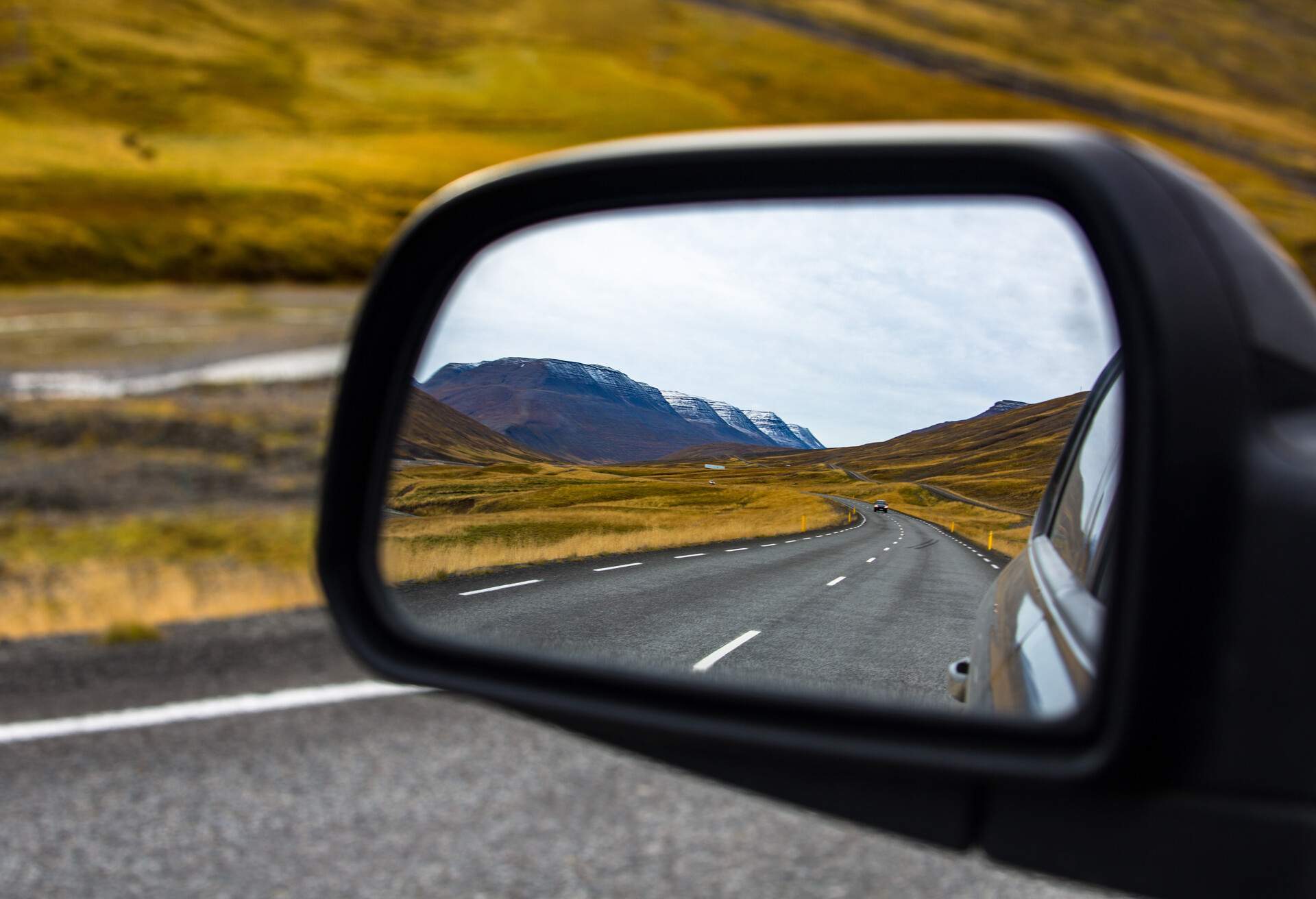There’s no greater American travel pastime than the humble road trip. Whether you plan on making a cross-country trek, taking a week-long dive into a specific region or road-tripping somewhere else in the world, here are the best road trip tips for your journey.
Plan a realistic itinerary
The biggest mistake people make when planning a road trip is being too ambitious with their itinerary. When crafting your route and estimating drive times, you need to factor in all the potential delays you might encounter along the way: bathroom breaks, food stops, photo ops, unexpected roadside attractions that you absolutely ‘must’ visit, traffic, bad weather. The Google Maps time estimate for a leg of your road trip can easily double before you know it, so you need to build in ample buffer time into your itinerary.
Plus, if you’re the only driver on your road trip, you need to make sure you’re not burning yourself out. Not everyone is used to driving for long stretches of time, and you may find yourself getting tired, which is dangerous while driving.
And if you’re taking a family road trip, remember that it might take you a little longer to get on the road in the morning. Kids are unpredictable!
Make sure your car is in top shape before you hit the road
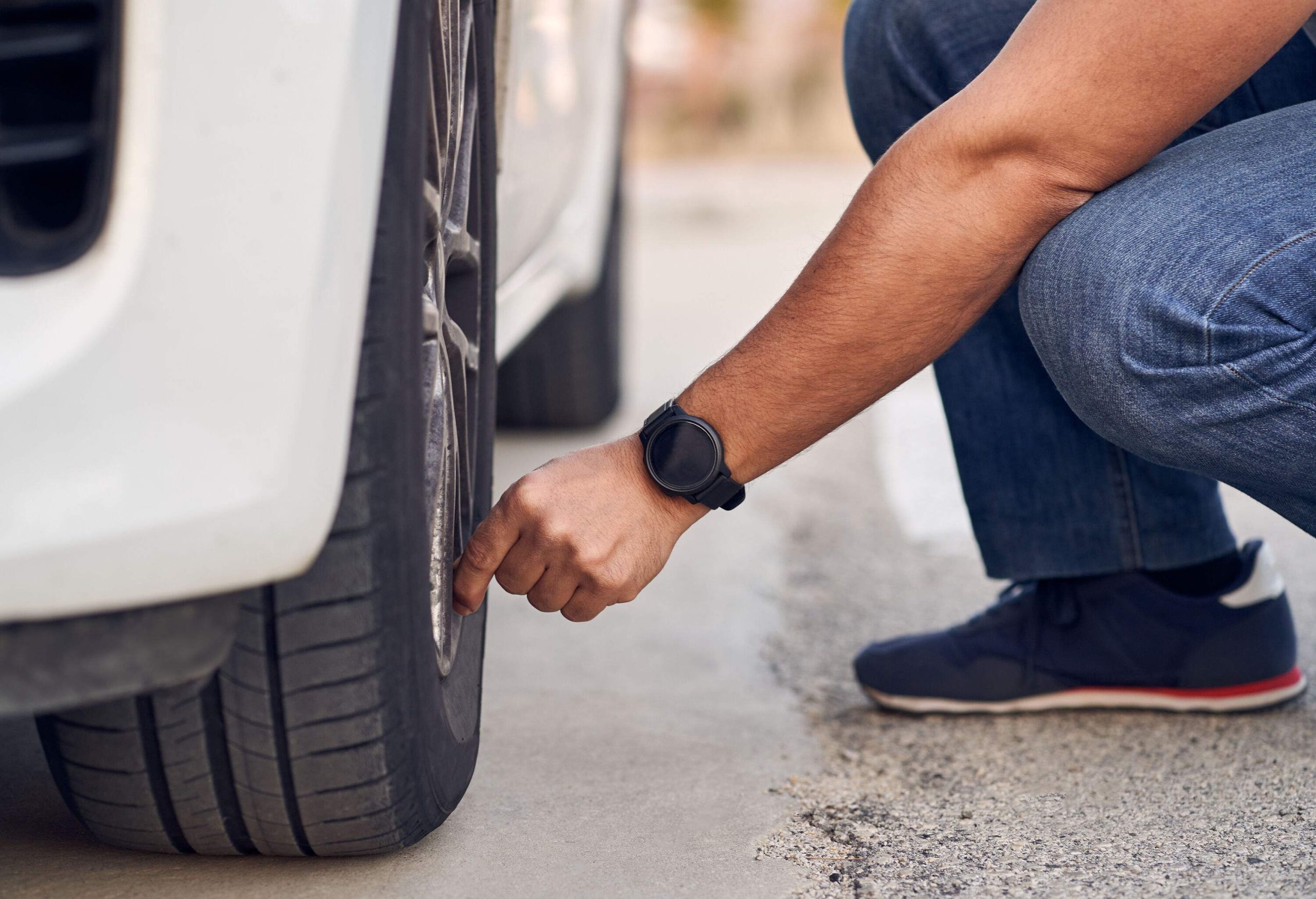
If you’re driving your own vehicle on your road trip, get it fully checked out well before you head off on your journey. Make sure you’re testing your battery, engine and tires, and replace them as necessary.
Of course, if you’re renting a car for your road trip, a full check-up will not likely be possible. In that case, it’s not a bad idea to pay up for extra rental car insurance or roadside assistance options, just in case something goes wrong on the road.
Along those lines, consider renting a more substantial car for your road trip, depending on where you’re going and how long you’re going for. For instance, if you plan on driving on dirt roads, opt for an SUV instead of a sedan.
Pack wisely
Cars have a finite amount of storage space, so you don’t necessarily want to overpack for your road trip. Keep your vehicle’s size in mind as you’re packing your bags.
But there are certain items you should absolutely have in your car during your journey. Here’s a brief list of essentials.
- First aid kit
- Duct tape
- Tire pressure gauge
- Air pump
- Jumper cables
- Blanket
- Flashlight
- Ice scraper (if traveling during winter)
- Portable phone charger
- Paper towels or toilet paper
- Bottled water
- Snacks
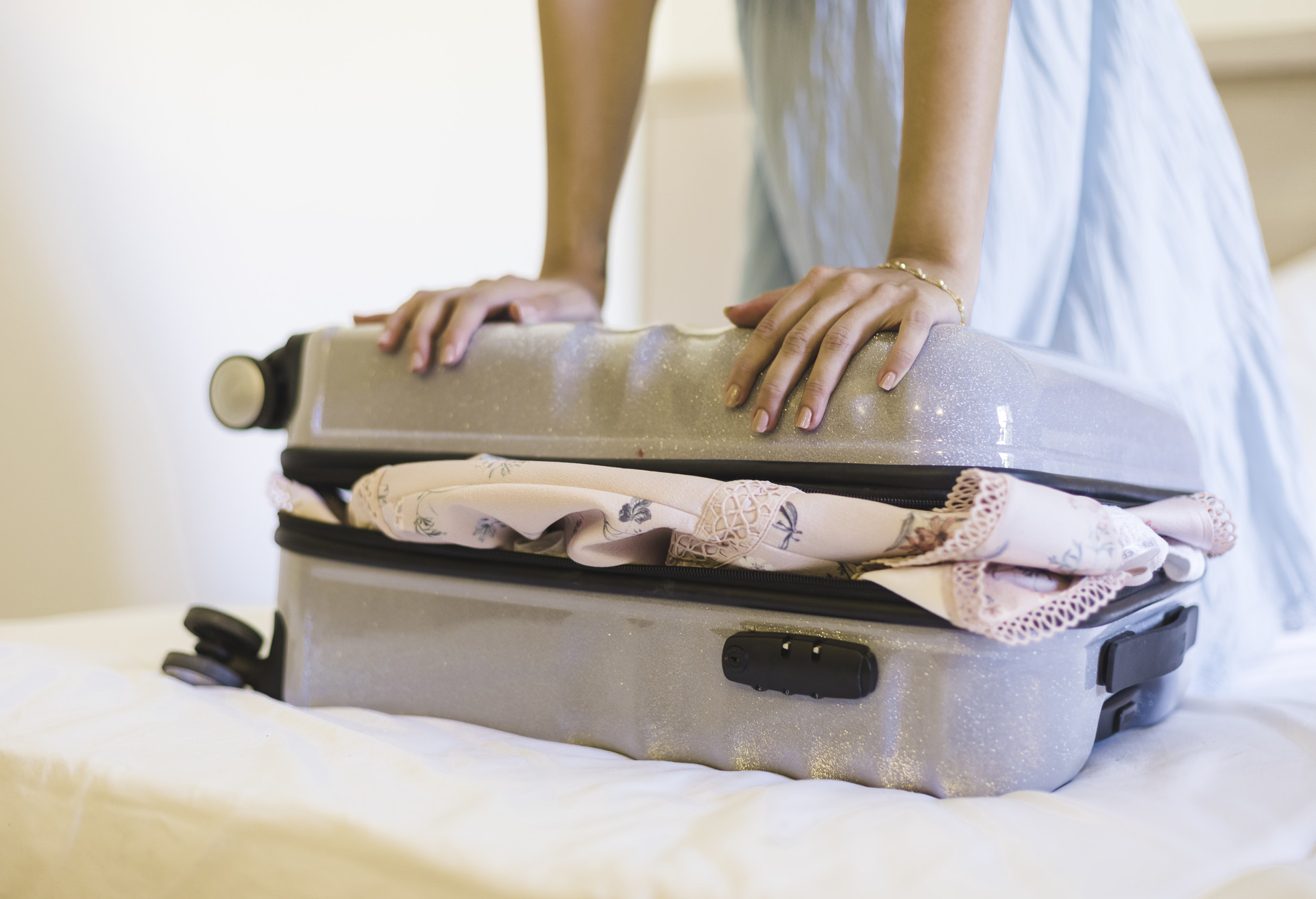
Spot the gas stations on your route in advance, and always refuel when you have the chance
As you map your route, take note of gas station (or charging station) locations. You can create a list on Google Maps and other map apps in advance, saving you time while you’re on the road. This will also help you prepare for any “dry spells” along your route where there are few gas stations.
Also, it’s best to fill your tank before the start of each leg of your trip, even if you’re nowhere near empty. As a general rule of thumb, don’t let your gas tank fall below ¾ full.
Anticipate the need for food
It’s not only your car that needs fuel during your road trip. You’re going to get hungry and thirsty, too! Take a look at restaurants and grocery stores along your route before departure, adding some favorite options to your map app. And keep an eye on opening and closing times, as hours vary. In case there are no food options around, you should always have road trip snacks and water in your car.
Be prepared for damage to your car
Accidents happen, which is why it’s essential to have car insurance. And accidents don’t just mean collisions. A rock could crack your windshield, your tire could go flat or your car battery could die unexpectedly. If you’re traveling in the U.S., make sure you have AAA to help you out with roadside assistance.
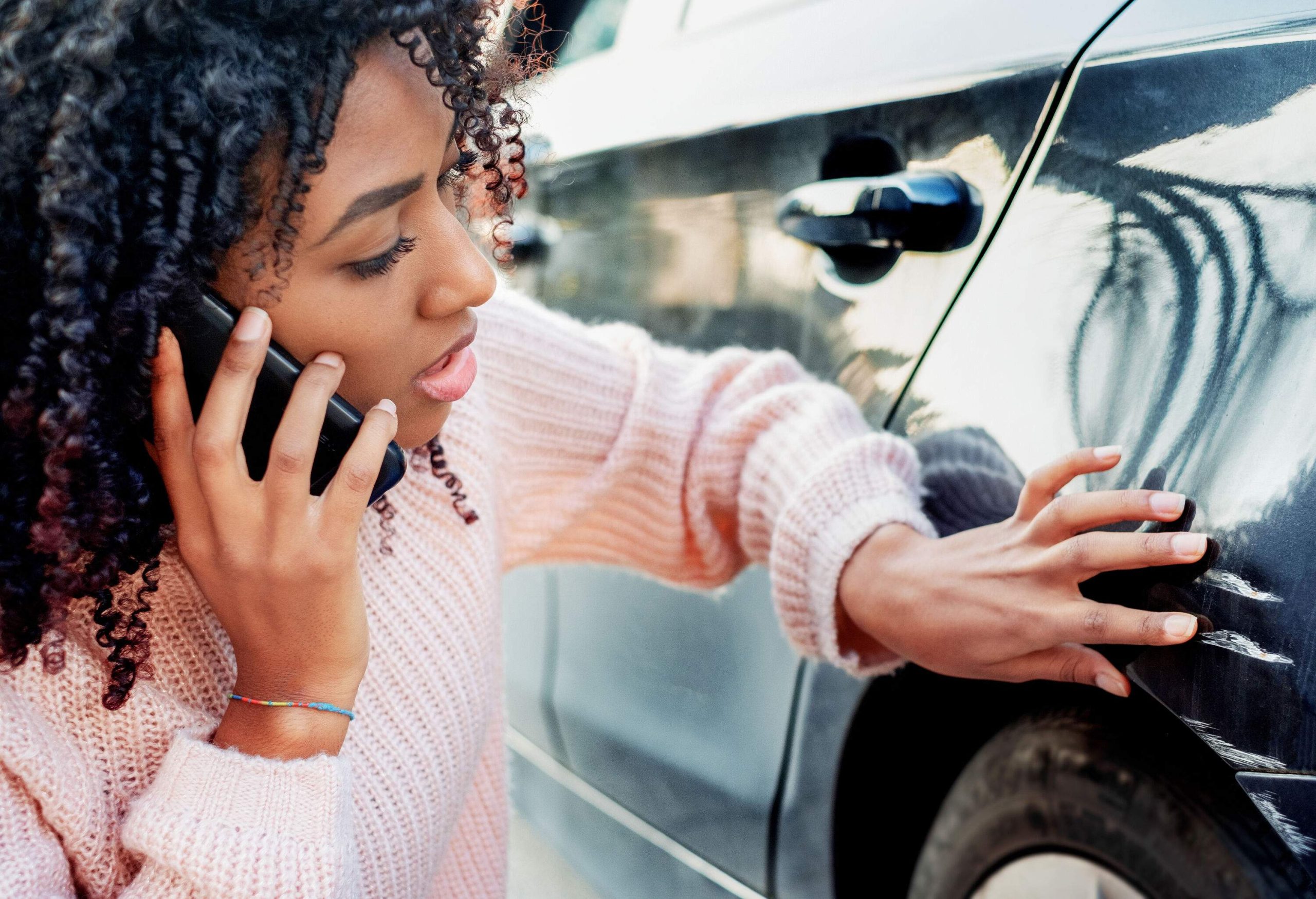
Keeping everyone and yourself entertained
Some drivers and passengers might be perfectly content enjoying the scenery of the drive in silence. Others might want to listen to music, a podcast or an audiobook. And if you’re road-tripping with kids, you might need a tablet to keep them occupied. Whatever form of entertainment you prefer, be sure to load it up before you hit the road in case you don’t have cell service.
Forgot to download your entertainment before the drive? Consider some good old-fashioned road trip games to pass the time.
Don’t compromise on the driver’s quality of sleep
Drowsy driving is extremely dangerous. Road trip drivers must get adequate sleep, which may mean splurging on a hotel room instead of a hostel or car camping if it helps you get a better night’s sleep.
And if you’re feeling sleepy while you’re behind the wheel, pull over at a rest stop and take a quick nap. It’s not worth risking anyone’s safety!
Take your time!
A road trip is not a sprint, but a marathon. There’s no need to get everything done as fast as possible. In fact, sometimes the best moments of road trips are the discoveries you make along the way. So give yourself extra time to take the scenic route, and don’t be afraid to stop multiple times along the way.
Budget management tips on the road
Road trips can be an affordable travel option. Here’s how to design a budget-friendly trip
- Go camping instead of staying at hotels (but again, make sure the driver gets good sleep)
- Pack picnic lunches instead of dining out every day.
- Look for free attractions along the way. If you’re road-tripping in the U.S., consider purchasing a national park annual pass to save money on entrance fees.
Driving tips (including if you have to drive on the left)
Safety first! Here are some helpful
- Always look up local traffic laws before driving in a new area.
- If you’re driving on the opposite side of the road (the left side), remember to keep close to the center line. And when you make turns, remember to make wide rights and tight lefts.
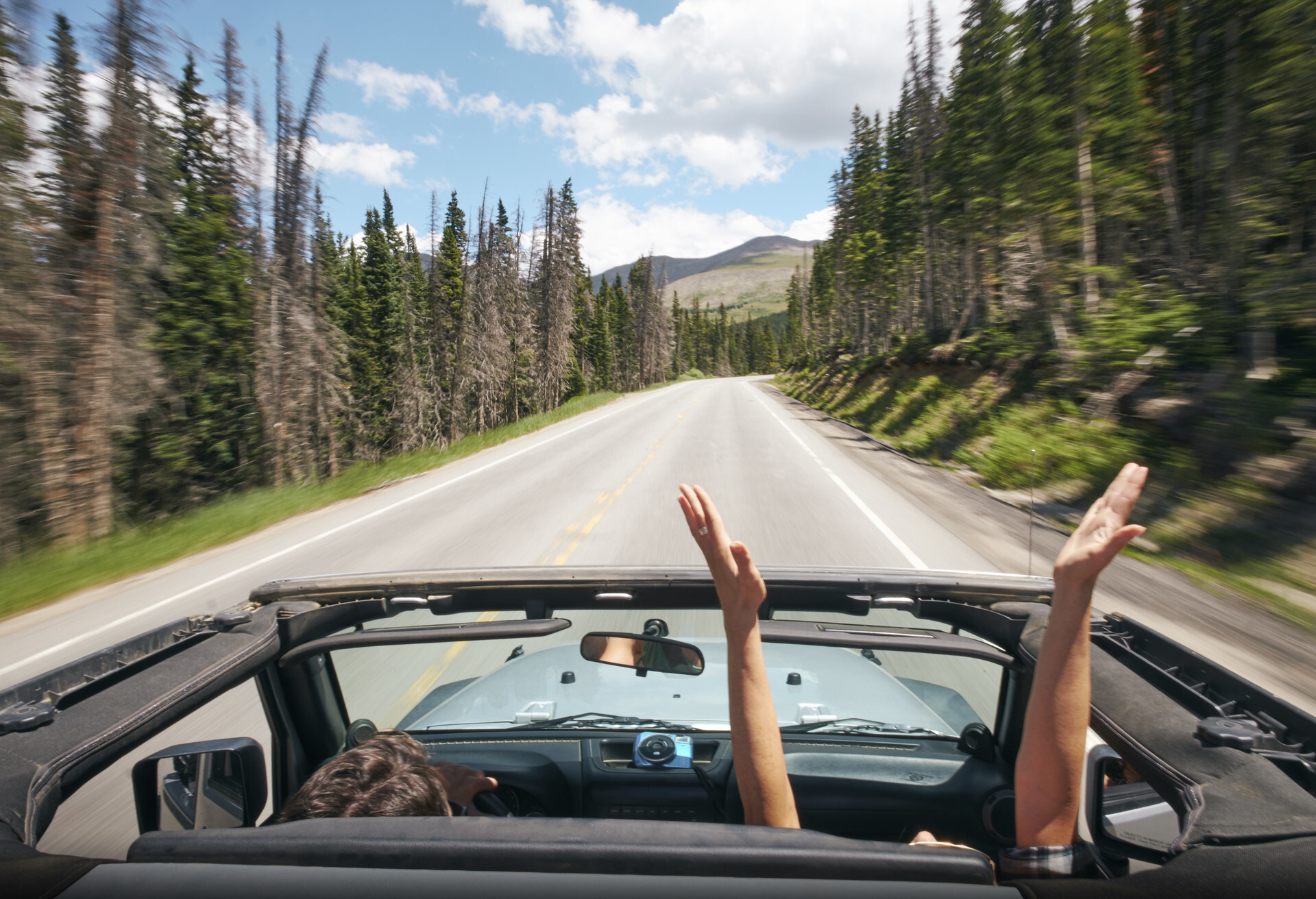
Frequently asked questions
- Always tell someone where you’re going and when you expect to arrive. They can alert authorities if they don’t hear from you by a certain time.
- Check the weather before you drive, and stay put if conditions look particularly bad.
- If you encounter a flooded road, never drive through it! Just six inches of water can sweep a car away.
Cars don’t need to rest, but you do! Stop every two hours or so to stretch your legs.
Bring plenty of water and snacks, stop regularly to stretch your legs and give yourself a break and download some entertainment to keep yourself occupied during quiet stretches of the drive.
Conclusion
Road trips are a delightful (and often affordable) way to see the world. They do require thorough planning and preparation, from crafting a route to making sure your car is maintained. But you should always keep some room in your itinerary to discover the unexpected! And always keep you, your fellow travelers and others on the road safe by ensuring your driver is well rested.

